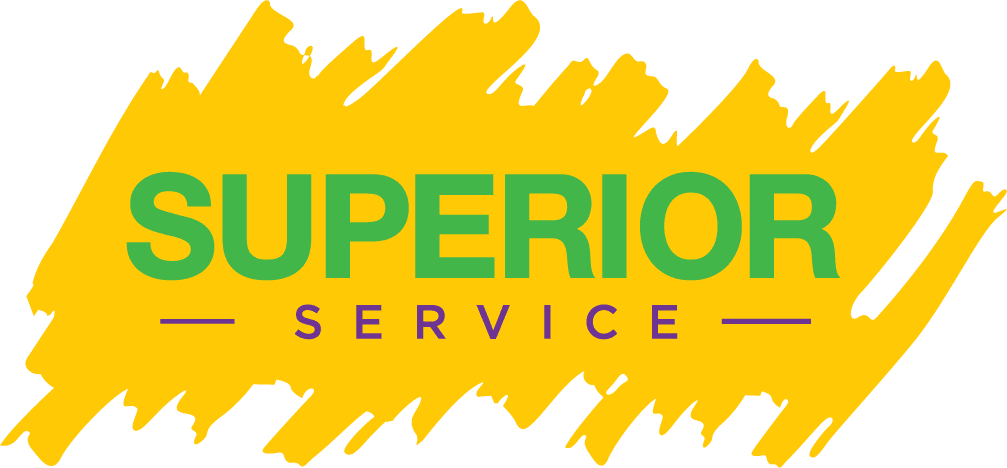Understanding the Different Types of Plumbing Systems: A Homeowner’s Guide
Every home relies on its plumbing system, but few people know exactly what’s flowing behind their walls. Whether you’re new to homeownership or fixing leaky faucets for the tenth time, understanding the types of plumbing systems can help you keep your house comfortable, safe, and free from surprises.
Plumbing systems bring in fresh water, move out wastewater, and protect against potential problems like water damage and contamination. Knowing what’s at play allows smarter choices, easier maintenance, and even savings over time.
3 Primary Types of Plumbing Systems in Homes and Buildings
Every home or building’s plumbing system is divided into three big categories: potable water systems, sanitary drainage systems, and stormwater drainage systems. Think of these as three different “roads” for water and waste to travel in, out, or around your house. How they all connect keeps your showers hot, your drinking water safe, and your basement dry.
1. Potable Water Supply Systems
The potable water supply system is all about getting clean, fresh water into your home. Whether it comes from a public main or a private well, potable water has to move through miles of pipe system before it even reaches your water meter out front.
Inside your house, water travels through main supply lines, then splits into branch pipes to reach your sinks, toilets, washing machines, and other fixtures. You have two basic subsystems: one for cold water and one for hot water. For hot water, many families choose energy-saving options like tankless water heaters, which heat water only when you need it, helping to keep water pressure steady and costs down.
This part of your home’s plumbing system is usually made of copper, pex, pvc, galvanized steel, or even old cast iron. Shutoff valves help you stop water flow for repairs. These systems feed everything from water heaters to basic faucets, and building codes make sure your drinking water stays safe from contamination.
2. Sanitary Drainage Systems
When water leaves your home—whether from laundry, showers, the toilet, or the sink—it becomes wastewater. Sanitary drainage systems whisk all that away. This system relies on a hidden network of drain pipes, vent pipes, and sometimes even a septic tank if you’re not connected to a municipal sewer line.
Vent systems are key because they let sewer gases escape safely and keep the right flow through your water pipe system. Blockages, clogs, buildup, and corrosion can pop up, especially if older plumbing pipes made of steel pipe or cast iron aren’t maintained. Regular plumbing repair services are important to prevent leaks and messy problems.
For homes with private wastewater treatment, a septic system or septic tank handles sewage treatment on-site, but the basics remain the same: move out waste quickly, cleanly, and with minimal risk of contamination.
3. Stormwater Drainage Systems
The stormwater drainage system protects your home from excess water and flooding due to rain, melting snow, or even a poor grade outside. This network includes roof drains, gutters, downspouts, and exterior pipes that shuttle water away from your foundation.
Basements and low-lying areas often need special help. That’s where sump pumps come in, pumping out groundwater that seeps in, reducing the risk of water damage and mold. The whole idea is to keep excess water from pooling around your home, which protects the foundation and helps prevent leaks.
Specialized Plumbing System Options and Modern Upgrades
Along with the main types of plumbing systems, homeowners can choose advanced options that improve water quality, efficiency, and convenience. Today’s options blend comfort and sustainability, letting you tailor your system to your lifestyle and values.
Water Softener Systems
Hard water can leave buildup on plumbing pipes, lower water flow, and shorten the lifespan of fixtures and appliances. Water softener systems treat incoming water, removing minerals like calcium and magnesium that cause these problems.
Installing water softener systems not only eases the load on your supply lines and water heaters but also helps prevent corrosion and blockages in your home’s plumbing system. You’ll see less soap scum in the shower and cleaner dishes, and your water supply system will run more smoothly.
Sustainable and Smart Plumbing Solutions
Many homeowners are now turning toward greener, smarter solutions. Greywater recycling systems channel wastewater from bathtubs, sinks, and washing machines for reuse in irrigation or toilet flushing, reducing the strain on both your water supply and the environment.
Low-flow fixtures, such as efficient faucets and toilets, help save gallons every month without sacrificing comfort or water pressure. Smart monitoring devices, connected via natural gas or electricity, can alert you to leaks or drops in water flow before you notice a problem, protecting against damage and high bills.
With the right mix of technology and best practices, even older systems—whether they use pvc, pex, or galvanized steel piping—can be upgraded to provide cleaner, safer, and more reliable drinking water.

Teddy – Master Plumber
Reviewed by Teddy, Licensed Master Plumber – 27 Years of Experience
Teddy is a trusted Master Plumber at Superior Service with over 27 years of experience. He takes pride in solving even the most complex plumbing challenges with precision and care. From leaky pipes to major installations, Teddy’s expertise ensures every job is done right the first time.
Contact Superior Service
No matter which types of plumbing systems are in your home, smart upgrades and regular care can make a world of difference. Don’t wait for a burst water line, blockages, or nasty surprises, let the experts handle it from the start.
For honest advice, quality repairs, and professional installation, reach out to Superior Service for residential plumbing. Trusting a professional plumber gives you peace of mind, ensures everything meets building codes, and keeps the water flowing smoothly in every season. Whether you need to fix vent pipes, choose new plumbing pipes, or deal with a tricky drainage system, Superior Service is here to help keep your home safe and comfortable for years to come.
"*" indicates required fields





